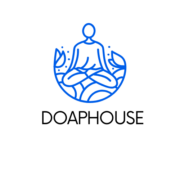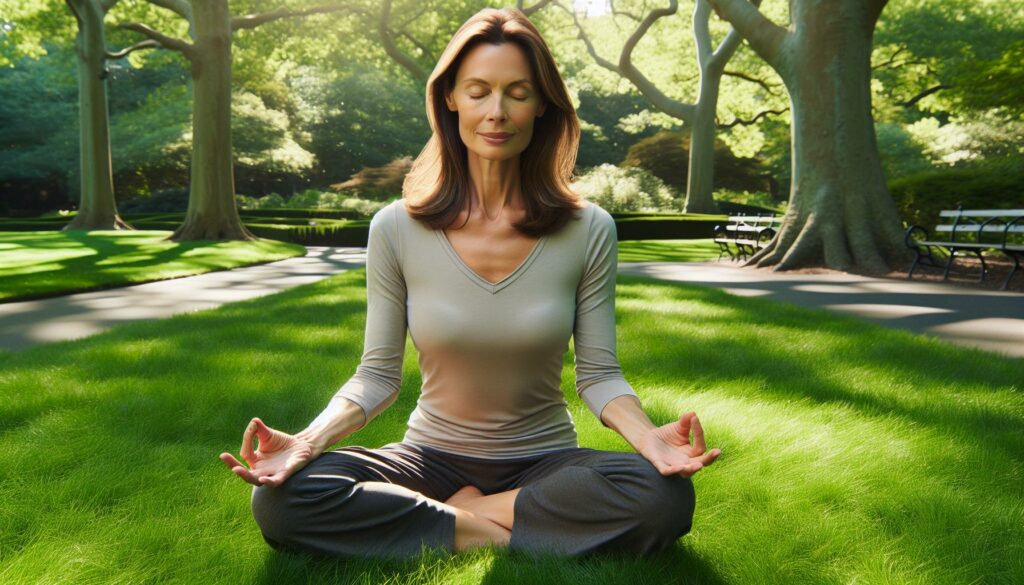In today’s fast-paced world, it’s easy to get swept away by distractions and stress. That’s why I’ve found that adopting a “mindfulness first” approach can be a game changer. By prioritizing mindfulness, we can cultivate a deeper awareness of our thoughts and feelings, leading to a more balanced and fulfilling life.
I’ve experienced firsthand how this practice can transform daily routines and improve mental clarity. When I start my day with mindfulness, everything else seems to fall into place. It’s not just about meditation; it’s about being present in every moment, whether I’m working, spending time with loved ones, or simply enjoying a quiet cup of coffee. Join me as we explore the benefits of putting mindfulness at the forefront of our lives.
Key Takeaways
- Mindfulness First Approach: Prioritizing mindfulness enhances self-awareness and emotional clarity, fostering a balanced, fulfilling life amidst daily distractions.
- Core Principles: Key principles include awareness, non-attachment, acceptance, breathing focus, and engaging fully in the present moment without distractions.
- Mental Health Benefits: Regular mindfulness practice reduces anxiety and depression symptoms, improves emotional regulation, and boosts overall mood.
- Physical Health Advantages: Mindfulness contributes to lower blood pressure, better sleep quality, enhanced immune function, and improved pain management.
- Practical Techniques: Effective practices include breath awareness, body scanning, mindful eating, walking meditations, and journaling to integrate mindfulness day-to-day.
- Overcoming Challenges: Common obstacles like distractions and impatience can be managed by cultivating a trusting, compassionate mindset and maintaining consistency in practice.
Mindfulness First
Mindfulness first emphasizes focusing on the present moment to enhance overall well-being. This approach offers tools for navigating a chaotic world with clarity and balance.
Definition and Origin
Mindfulness is the practice of maintaining an active awareness of the present moment. It stems from ancient Buddhist traditions, where it was part of meditation practices. In the late 20th century, Jon Kabat-Zinn brought mindfulness into mainstream health care through his Mindfulness-Based Stress Reduction program. This adaptation makes mindfulness accessible to various individuals, regardless of their background or beliefs.
Core Principles
Core principles of mindfulness include:
- Awareness: Observing thoughts and feelings without judgment.
- Non-attachment: Letting go of the need for control over experiences.
- Acceptance: Acknowledging the present moment as it is, rather than how one hopes it to be.
- Focus on Breathing: Using breath as an anchor during practice.
- Present Moment: Engaging fully in the current experience without distractions.
These principles form the foundation for integrating mindfulness into daily life, fostering greater emotional regulation and mental clarity.
Benefits of Mindfulness First

Mindfulness first offers numerous advantages that enhance both mental and physical health. By incorporating mindfulness into daily routines, I experience significant improvements in overall well-being.
Mental Health Improvements
Mindfulness significantly enhances mental health by reducing symptoms of anxiety and depression. This practice encourages me to engage with my thoughts without judgment, creating space for healthier emotional responses. Research shows that regular mindfulness practice strengthens emotional regulation and decreases rumination. By focusing on the present moment, I manage stress more effectively, which leads to improved resilience. Additionally, studies indicate that mindfulness practice can increase self-awareness and boost mood, promoting a positive mindset.
Physical Health Benefits
Mindfulness first contributes to various physical health benefits. It helps lower blood pressure, improve sleep quality, and enhance immune function. Engaging in mindfulness practices reduces stress hormones in the body, which can decrease the risk of chronic diseases associated with long-term stress. Furthermore, studies suggest that people who practice mindfulness often experience better pain management and increased overall energy levels. Incorporating mindfulness into the daily routine can promote healthier lifestyle choices, supporting physical well-being and vitality.
Implementation of Mindfulness First

Implementing a “mindfulness first” approach transforms how I engage with daily life. It involves incorporating specific techniques and recognizing common challenges that arise along the way.
Techniques and Practices
- Breath Awareness: I focus on my breathing to anchor myself in the present. Counting breaths helps maintain awareness and calms my mind.
- Body Scan: I perform a body scan to identify physical sensations and tension. This practice enhances my connection to the present moment.
- Mindful Eating: I engage fully during meals, savoring each bite. This practice increases my appreciation for food and promotes healthier eating habits.
- Walking Meditations: Incorporating mindfulness into walking allows me to notice my surroundings. This practice fosters awareness and reduces stress.
- Guided Meditations: I use apps or audio guides to enhance my mindfulness practice. These resources provide structure and support for deeper relaxation.
- Journaling: Reflecting on my thoughts and emotions in writing captures my experiences. This technique promotes clarity and self-awareness.
- Mindfulness Reminders: I set reminders throughout the day to pause and practice mindfulness. Visual cues keep me grounded in the present.
- Distractions: I often face distractions from technology and daily responsibilities. Combatting these can include setting boundaries around device usage.
- Racing Thoughts: Managing a busy mind is challenging. Implementing techniques like breath awareness helps create space for stillness.
- Impatience: I experience impatience when results aren’t immediate. Cultivating trust in the process aids in overcoming this barrier.
- Self-Criticism: Negative thoughts can surface during practice. Recognizing and reframing these thoughts encourages a more compassionate mindset.
- Consistency: Maintaining a regular practice can prove difficult. Scheduling mindfulness sessions in advance ensures I prioritize it consistently.
- Emotional Resistance: Facing uncomfortable emotions can deter practice. Acknowledging these emotions as part of the journey fosters growth and resilience.
Mindfulness First in Daily Life

Incorporating a “mindfulness first” approach into daily life transforms both personal and professional experiences. This practice enhances presence, creates clarity, and fosters a sense of balance.
Personal and Professional Applications
I apply mindfulness in various personal and professional settings. During personal time, I engage in mindful breathing exercises each morning, setting a calm tone for the day. I practice mindful eating, savoring each bite to promote gratitude and awareness of my body’s needs. In professional environments, I incorporate short mindfulness breaks, allowing myself moments of pause to recharge and refocus. These breaks enhance productivity and creativity, fostering better decision-making and deeper connections with colleagues. Research shows that organizations embracing mindfulness often experience elevated employee morale and reduced stress levels.
Tips for Integration
To integrate mindfulness seamlessly into daily routines, I recommend several practical tips:
- Start Small: Begin with just a few minutes daily and gradually increase your practice duration.
- Set Reminders: Use alarms or apps to remind you to pause and breathe throughout the day.
- Create a Mindful Space: Designate a quiet area at home or work for mindfulness practices, making it feel inviting and calming.
- Incorporate Mindfulness Into Routine Activities: Infuse mindfulness into daily tasks like washing dishes or commuting, focusing solely on the present moment.
- Reflect Daily: Take a few minutes each evening to reflect on your day and identify moments of mindfulness.
By implementing these strategies, mindfulness can effectively permeate my daily life, fostering deeper well-being and presence.
Embracing a “mindfulness first” approach has truly transformed my life. By prioritizing mindfulness each day I’ve found clarity and balance that enhances both my personal and professional experiences. It’s amazing how simple practices like mindful breathing and eating can create a profound impact on my well-being.
As I navigate the chaos of modern life I’m continually reminded that being present is a powerful tool. Incorporating mindfulness into my daily routine not only reduces stress but also fosters resilience. I encourage you to explore this journey for yourself. With a little dedication and patience you can unlock the benefits of mindfulness and create a more fulfilling life.

